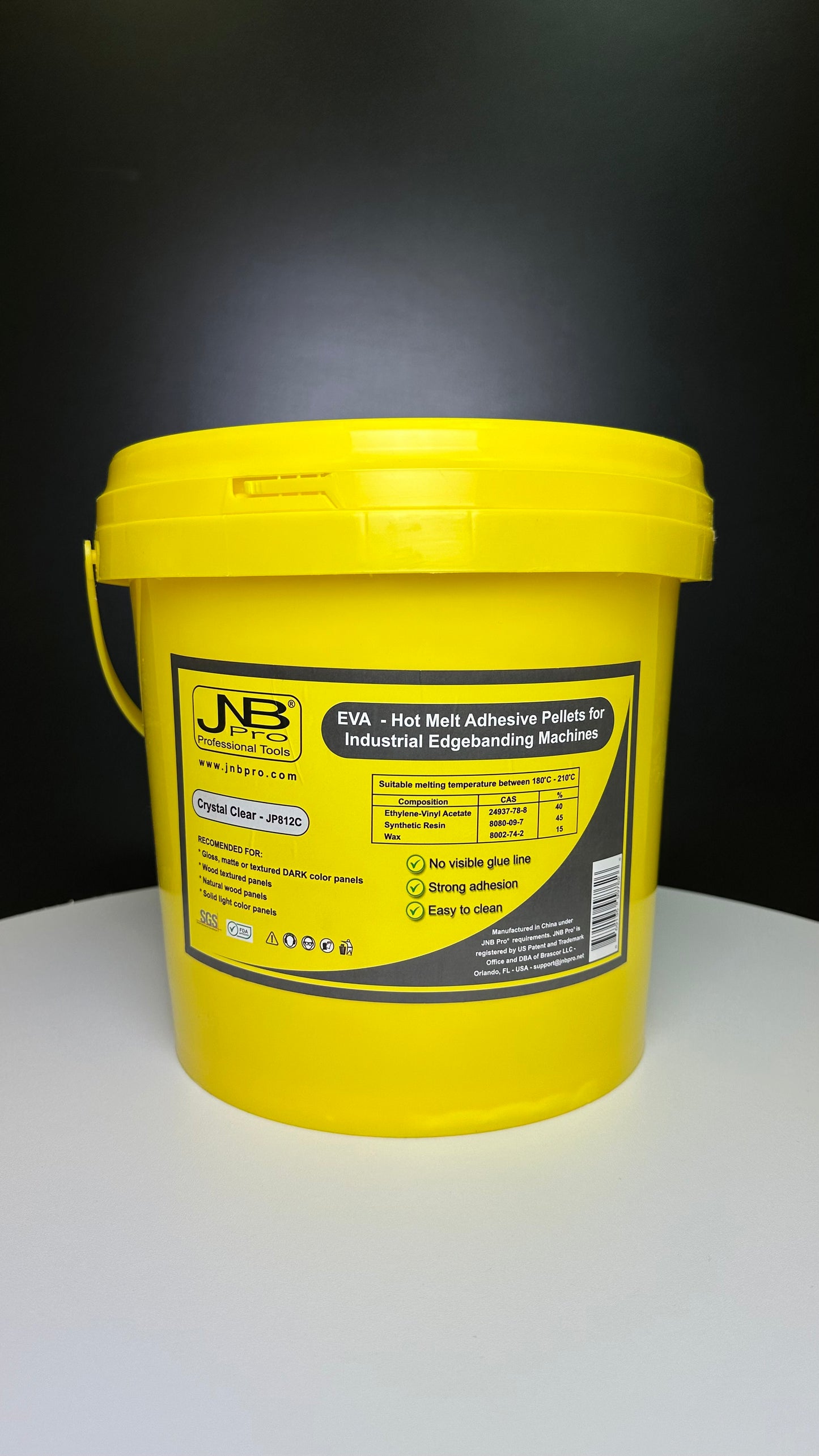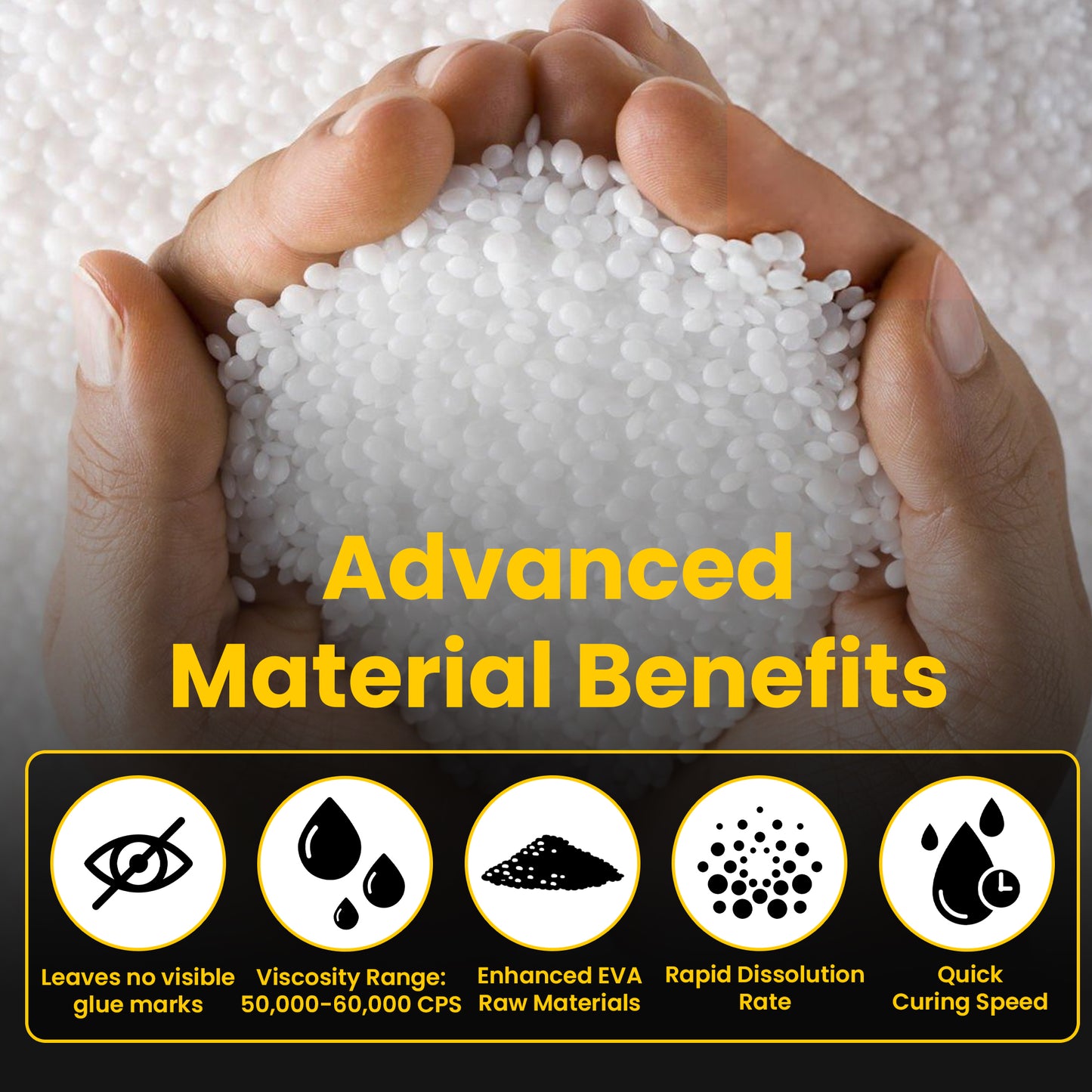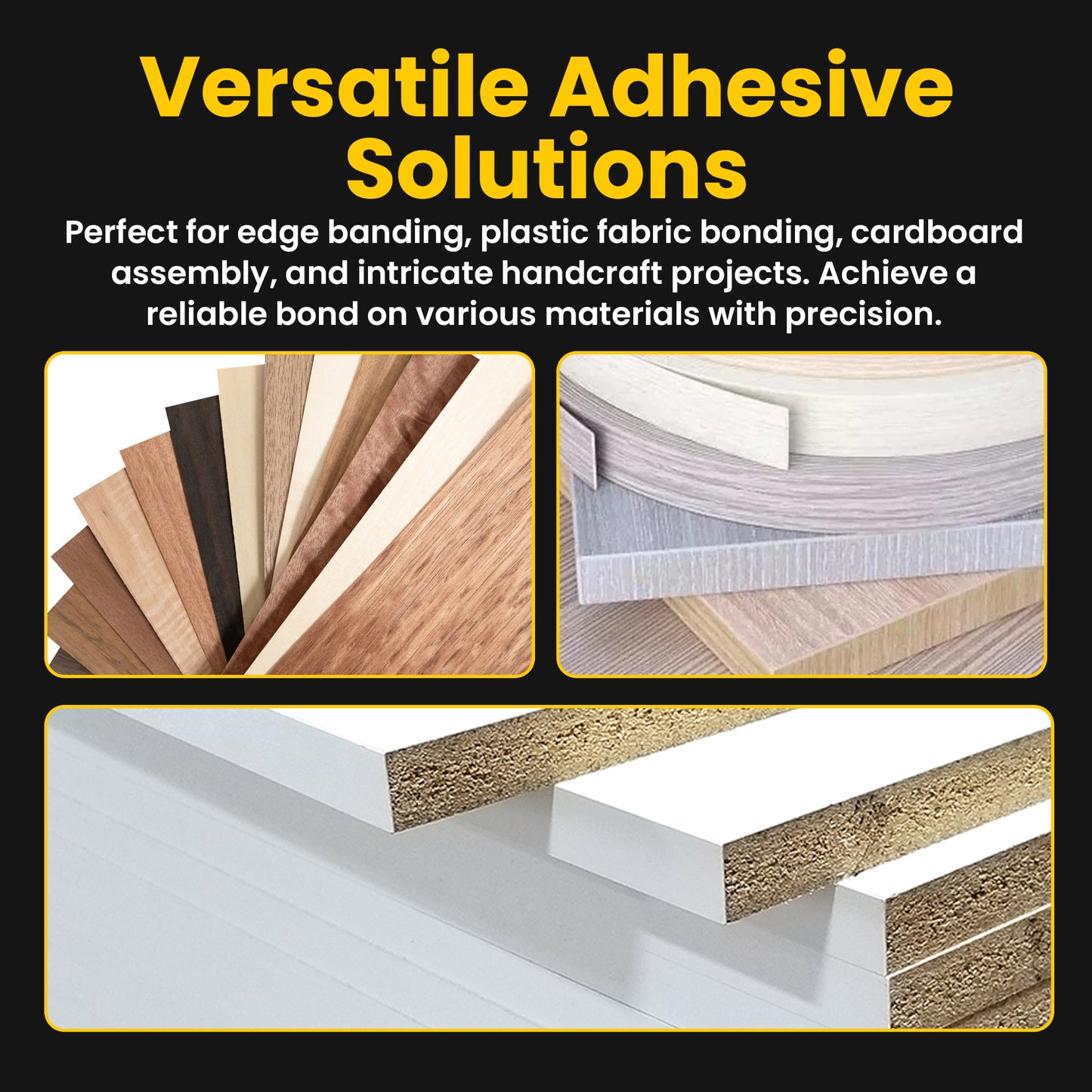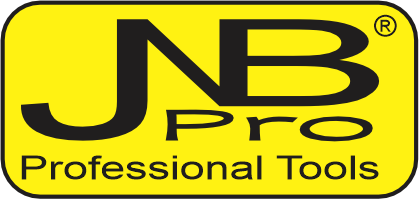JNB Pro - Professional Tools
Crystal Clear - EVA Hotmelt Adhesive Pellets – High-Performance Edgebanding Glue - 5kg Bucket
Crystal Clear - EVA Hotmelt Adhesive Pellets – High-Performance Edgebanding Glue - 5kg Bucket
Couldn't load pickup availability
https://www.amazon.com/dp/B0DCDTYZB1 - Shop on Amazon
Designed for edgebanding installation in woodworking, cabinetry, and furniture manufacturing. Our high-strength, fast-melting formula ensures durability, strong adhesion, and a clean seam for a flawless appearance.
Recommended use:
- Gloss, matte or textured DARK color panels.
- Wood textured panels. Natural wood panels.
- Solid LIGHT color panels.
✔ Strong Bond & Durability – Provides superior adhesion for PVC, ABS, wood veneer, and melamine edgebanding.
✔ Fast Melting & Easy Application – Works with hotmelt edgebanders, reducing downtime and ensuring smooth operation.
✔ Seamless Finish – Designed for invisible glue lines, enhancing the overall aesthetics of your project.
✔ Versatile Use – Ideal for cabinet makers, furniture manufacturers, and professional woodworkers.
✔ Compatible with Medium to High Temperature Edgebanders – Works best from 160 degrees Celsius to 210 degrees Celsius.
✔ Debido a la amplia variedad de máquinas disponibles en el mercado, la temperatura requerida para la pega puede variar entre 160°C y 210°C. Factores como la temperatura, la estación del año y la humedad pueden influir en la viscosidad de la pega.
✔ Recomendamos iniciar a 160°C e incrementar en intervalos de 5°C hasta alcanzar la viscosidad óptima para su máquina de enchapado. Es importante tener en cuenta que no todas las máquinas calientan de la misma manera. Le sugerimos realizar pruebas para determinar la temperatura ideal según su equipo y las condiciones ambientales.
Share















